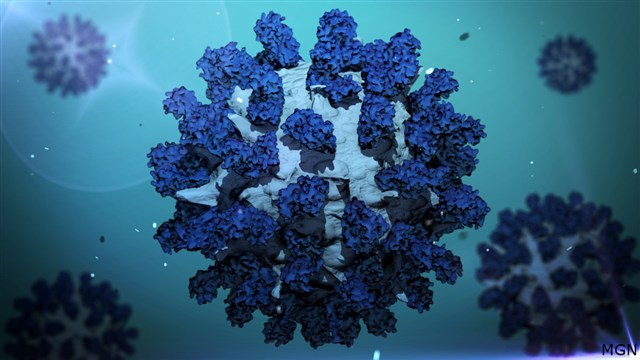Alcohol deaths in Minnesota up in 2020

Alcohol-related deaths in Minnesota rose in 2020, an increase state health officials believe could be related to the COVID-19 pandemic.
The Minnesota Department of Health says 992 residents died from alcohol use last year, compared to 821 in 2019.
The rise boosts a decades-long trend of increasing alcohol-related deaths in the state. Fully alcohol-attributable deaths include chronic cases, such as alcohol-related liver disease, and acute causes, such as alcohol poisoning.
The number of fully alcohol-attributable deaths increased by one-third between 2000 and 2010, and more than doubled between 2010 and 2020.
The deaths from alcohol use in 2020 mirrored similar trends to recent years, MDH says, until June of last year, when alcohol-related deaths began to accelerate. Health officials believe the increase was due to factors associated with the pandemic.
“Sadly, the pandemic has amplified some of the root causes of substance use and substance use disorders, such as social isolation, job loss, and lack of access to treatment,” says Minnesota Commissioner of Health Jan Malcolm. “In response, we need to strengthen overall opportunities in our communities for connectedness and financial security, as well as specific evidence-based community strategies to reduce excessive alcohol use.”
The data does include partially alcohol-attributable causes for death,where alcohol was one of several factors contributing to a death. Because of this, health officials say the estimates underestimate the impact of alcohol use on deaths in the state. They also caution that excessive alcohol use isn’t just marked by death, but by chronic diseases, injuries and violence, crime, property damage, and lost productivity.
The Community Preventive Services Task Force, an independent nonfederal panel of prevention experts, recommended several strategies to reduce excessive drinking and alcohol-related injury, including increasing the price of alcohol, regulating the number of places that sell alcohol in a community, screening, and intervention.









